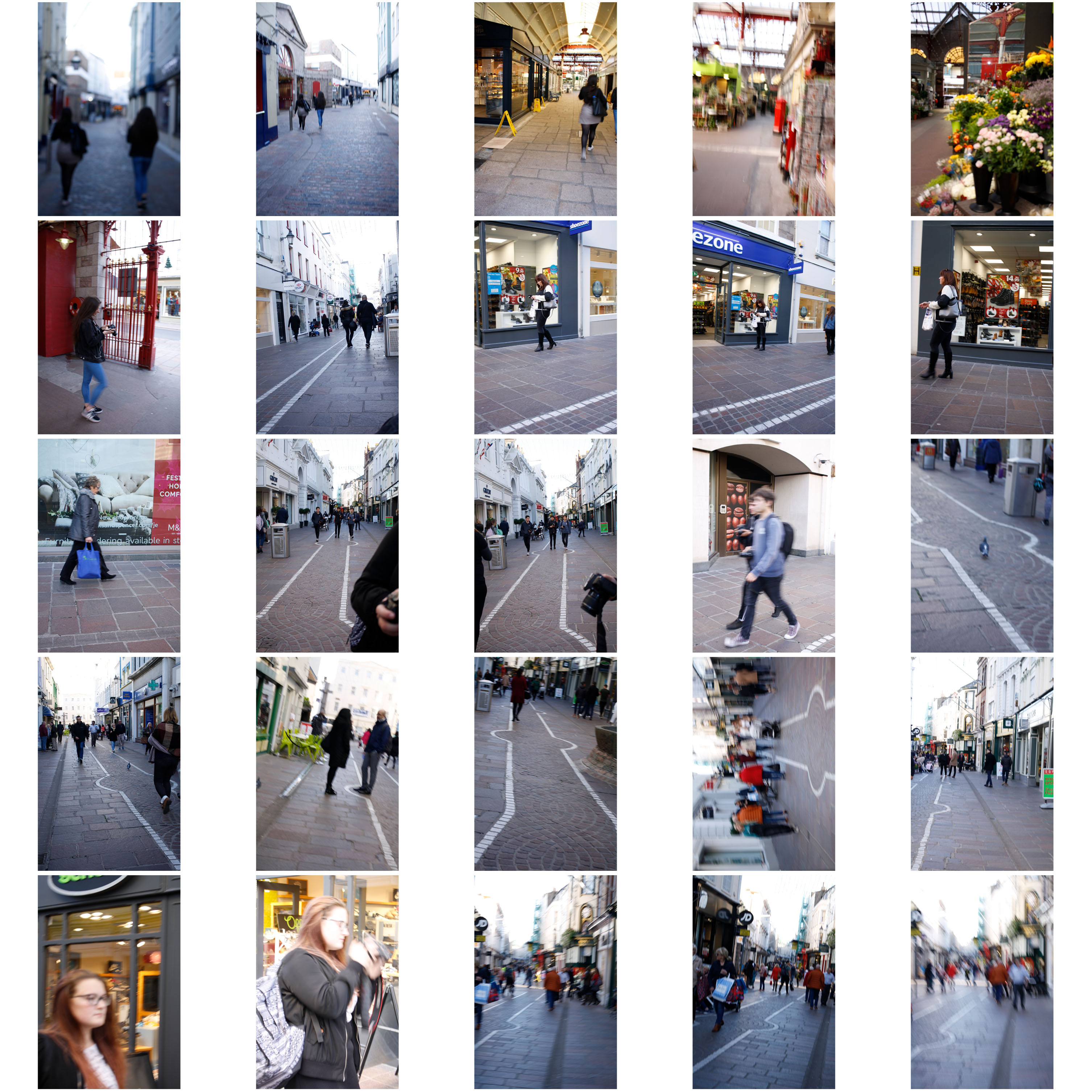
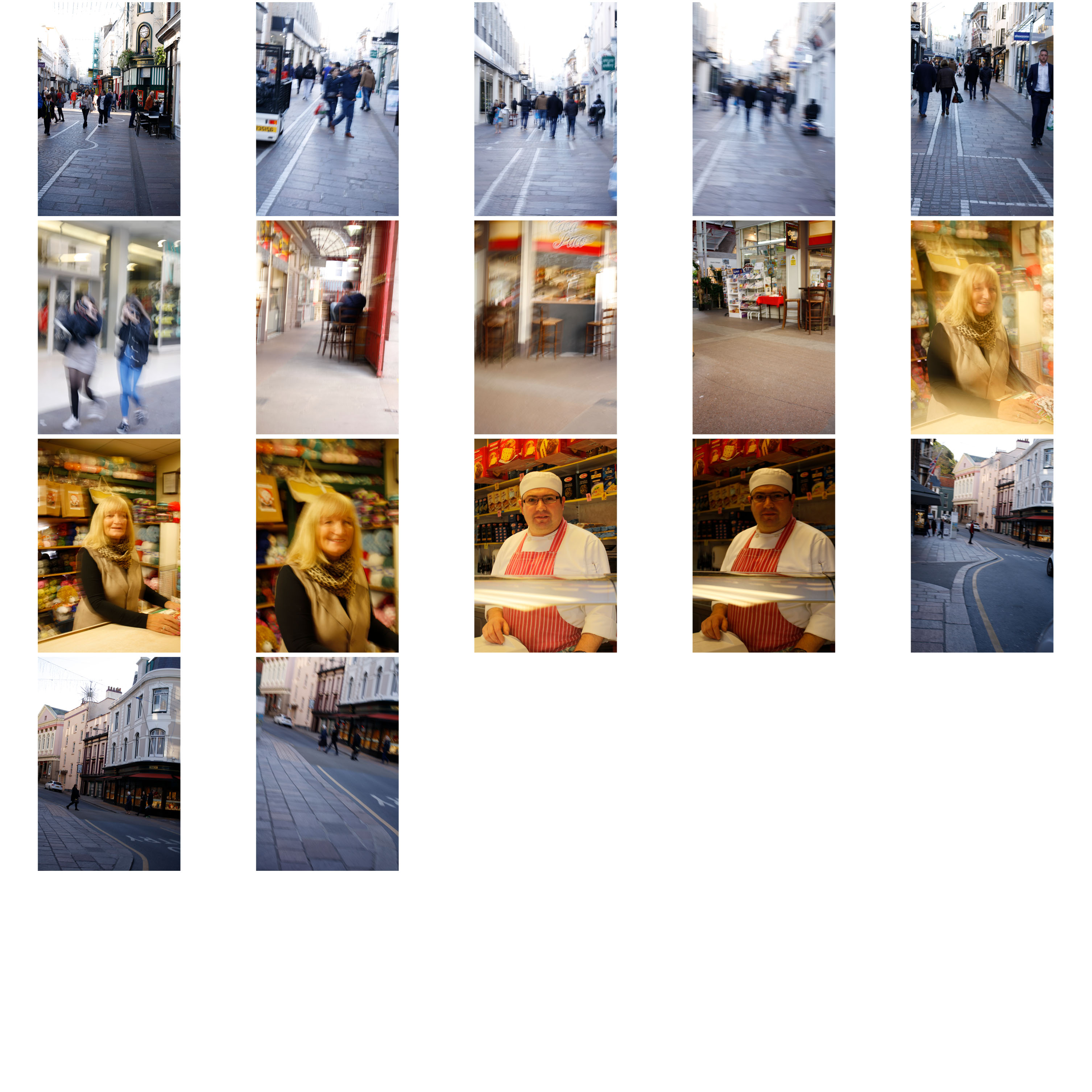 Here are my results for the Street Photography, I like some of the photos however some of the results have come out blurry but i can change these by converting them into black and white.
Here are my results for the Street Photography, I like some of the photos however some of the results have come out blurry but i can change these by converting them into black and white.
Category Archives: AO3 Record Ideas
Filters
Street photography in St Helier
Contact sheets:
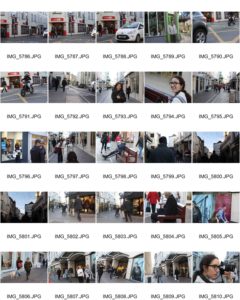
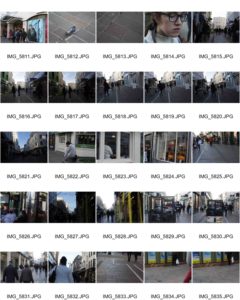
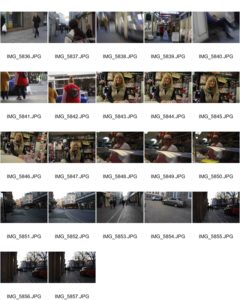
Chosen pictures:
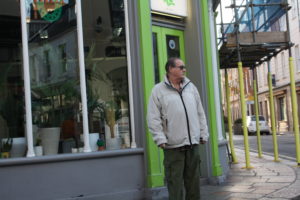

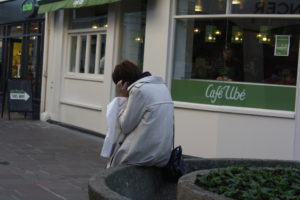

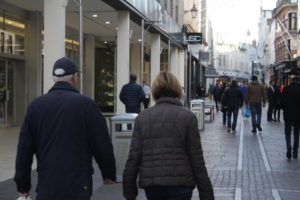
Edited photos:
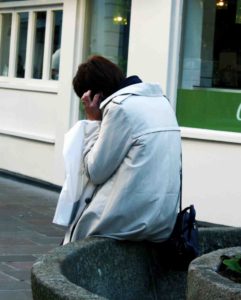
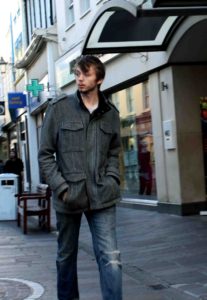
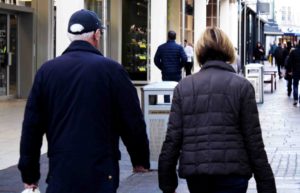
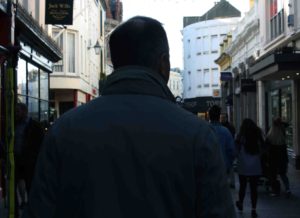
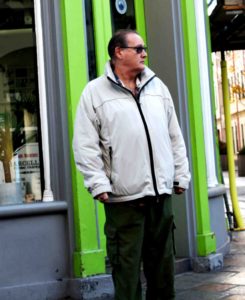
I chose these final images because they best show the daily lives of people in St. Helier. They all seem to be getting on with their lives, they each have a place that they’re going to or a situation that they’re dealing with, and i think that aspect shows nicely in these images.
Street photography introduction
Street photography is when you capture interesting photographs of regular, everyday people outside in public. Street photography is very interesting because you are ale to capture so many different types of people, that all look unique in their own way.
To be a successful street photographer I think that you have to have an eye for detail but also an interest in different types of people, in order to notice them and be able to photograph them. I also think that it takes a lot of confidence. After experimenting with street photography myself, I realized that it is not as easy as it seems, and that’s its actually a lot harder than I though to be able to take successful images, as standing in the street taking images of people passing by requires you to be a lot bolder than you think.
There are many different approaches that you can take to street photography. Some photographers prefer to take more candid images where the people they’re photographing don’t really notice they’re there, while other photographers like Dougie Wallace and Bruce Gilden prefer to surprisingly picture people very up close with bright flashes. Each of these 2 approaches give you different outcomes:
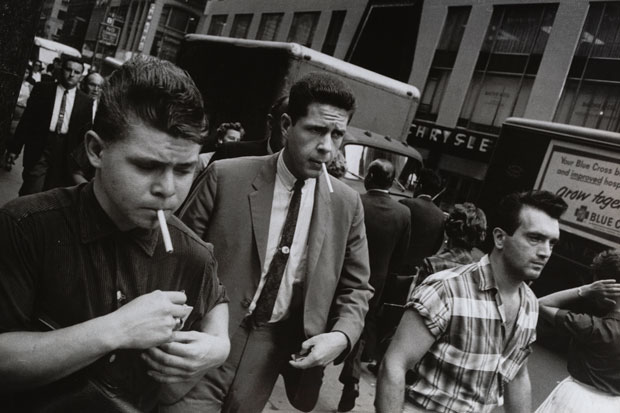
As you can see, this outcome shows that if you take a more subtle approach to capturing people. you get a more candid outcome which makes the image look a lot more natural and realistic.

On the other hand, Wallace’s more loud, and surprising approach to photographing people means that in his images all the subjects react with the camera, as you can see in his image above where all the women he pictured are looking at the camera.
Street photography mood board

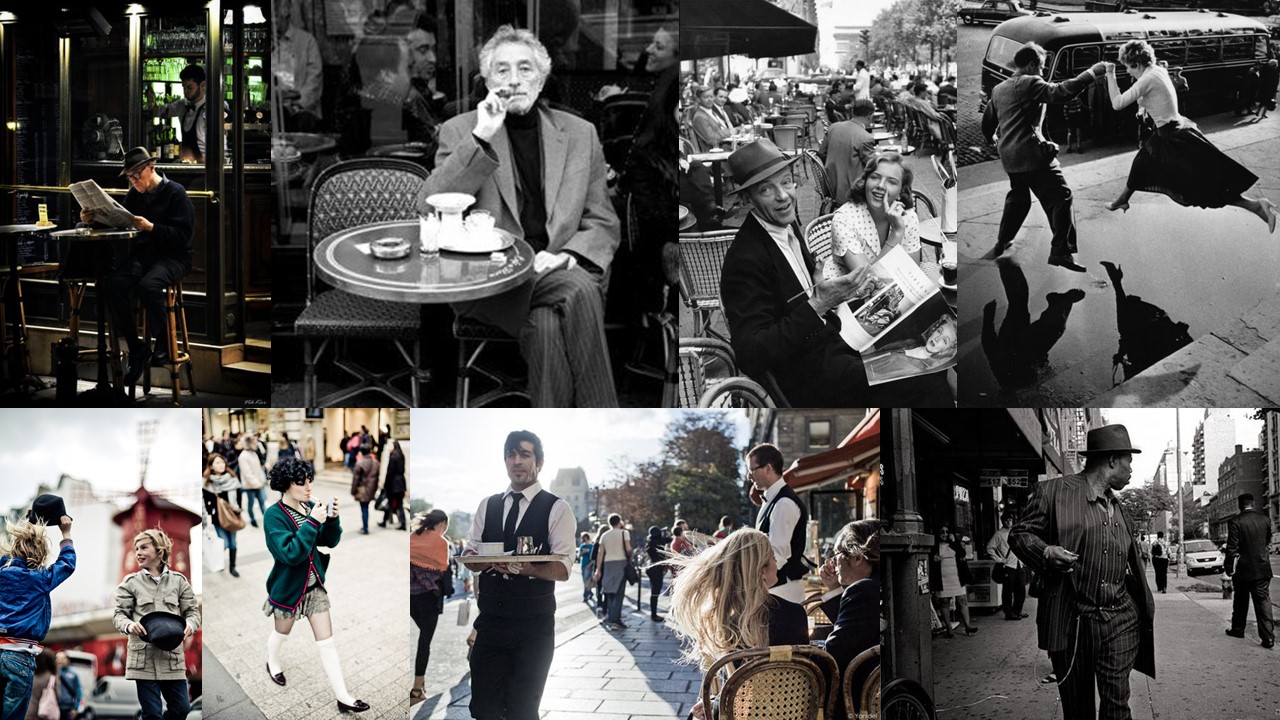
Video
https://www.youtube.com/watch?v=gGX_hb8NfVY
Experiment – High Key Lighting In Portraiture
High Key Lighting:
High key lighting is a method often used in beauty and makeup commercials and modeling. A high key look gives the subject fewer shadows and makes them look flawless and elegant. It produces an even amount of light that spreads across an entire scene. I
A high key lighting style often involves a soft key light directly above the camera — and not too close to the subject. Positioning the light directly in front of the talent creates less shadow, making the skin look softer and smoother. Usually, these lights will be large and bright. High key lighting can also produce a catch light in the subject’s eyes.
My Response: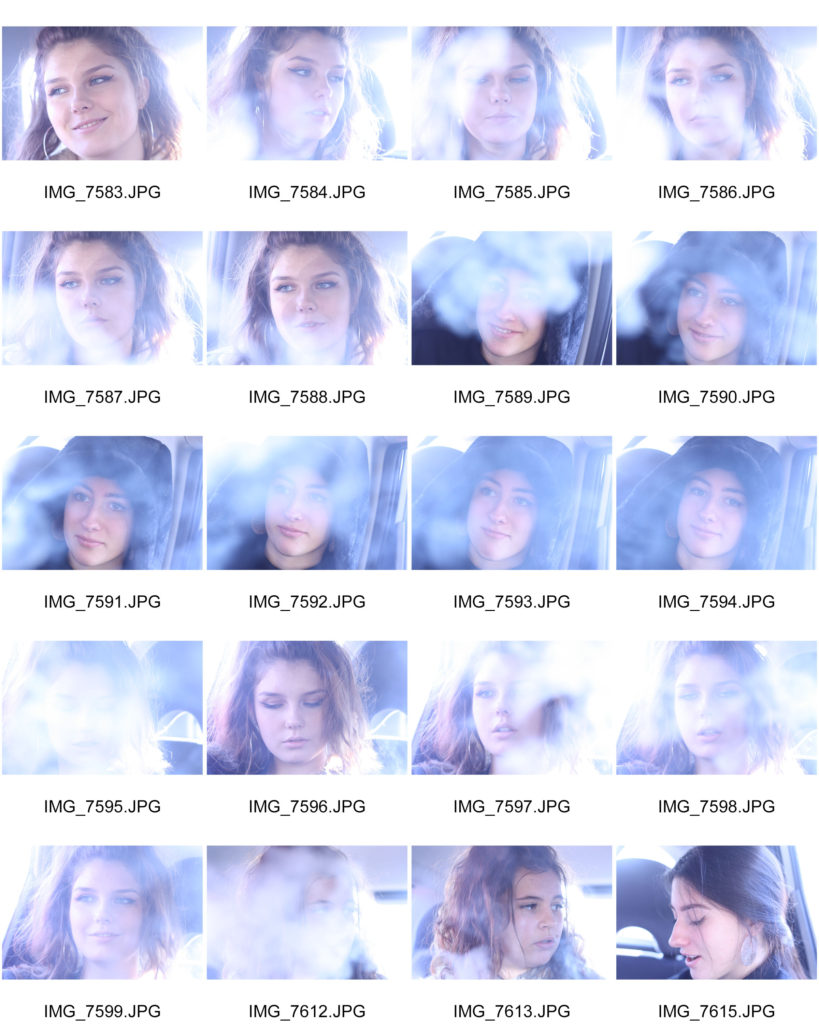
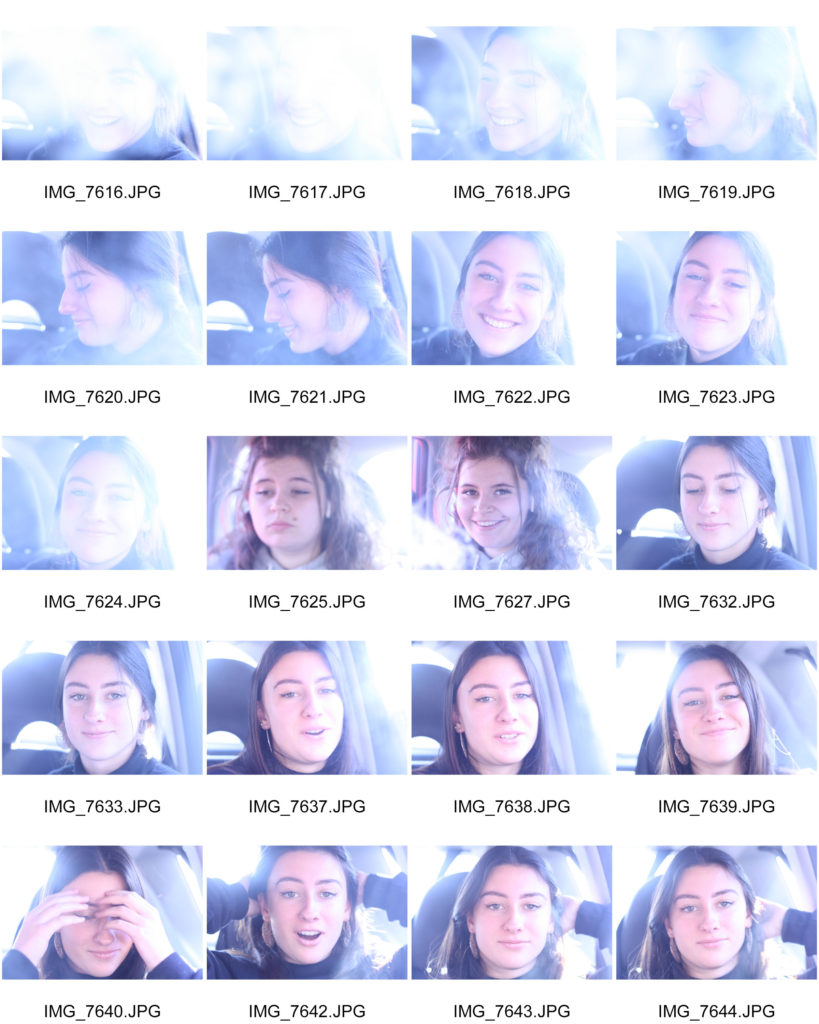
Best Images:

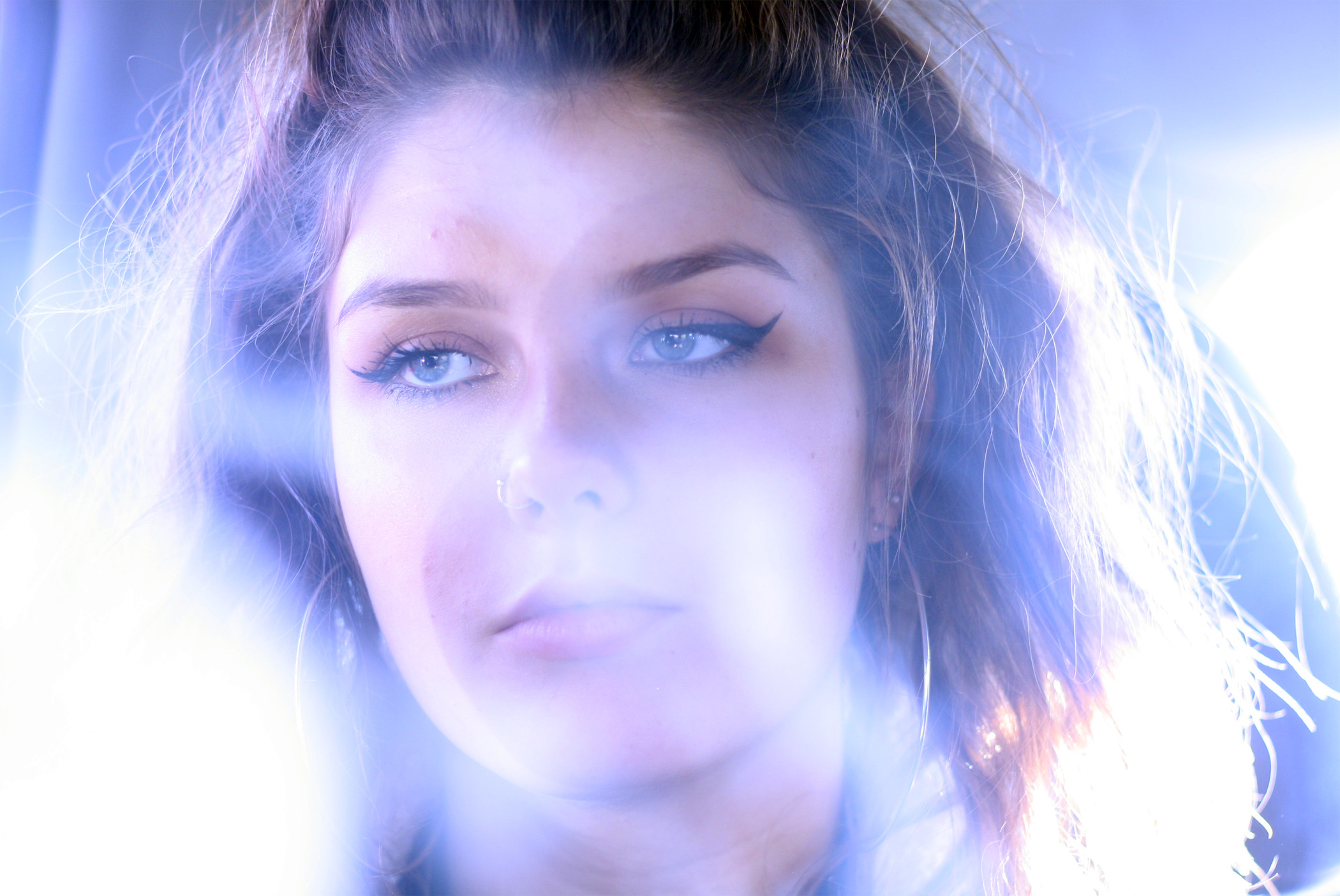
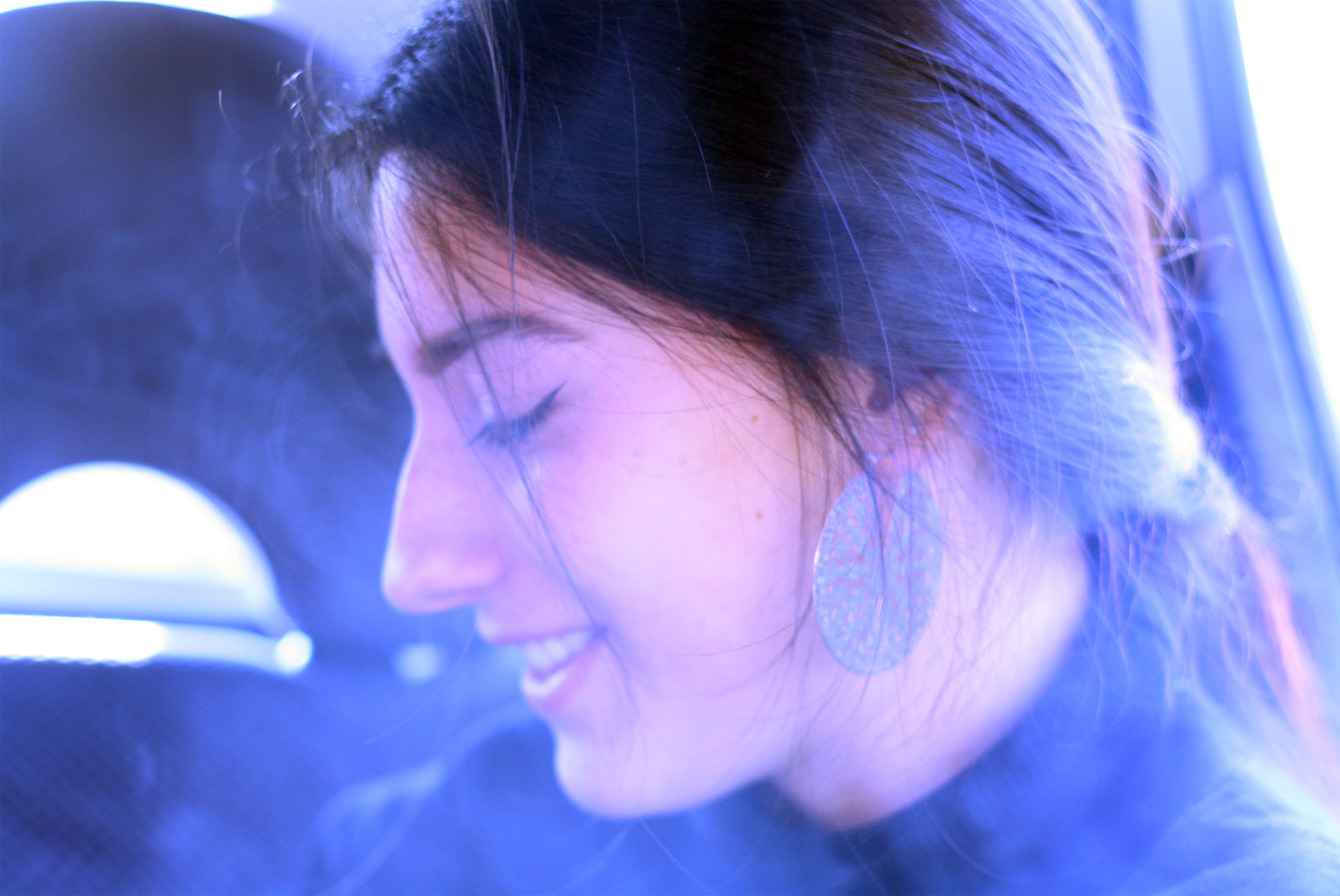
Environmental Portraits – Blurred Identity
For this experimentation I purposely wanted all of my compositions to be blurry. I wanted to do this because we are all keeping a hold of the idea of not necessarily beauty but self identification. By making my portraits blurry I’m exposing the viewer to assume and suggest a lifestyle, age, occupation and confidence. This is exposing the viewer on their opinions on others around them and how quick everyone is to assume everything. We all think we have it all figured out from looking at a person but there is more to a person than meets the eye.
Examples
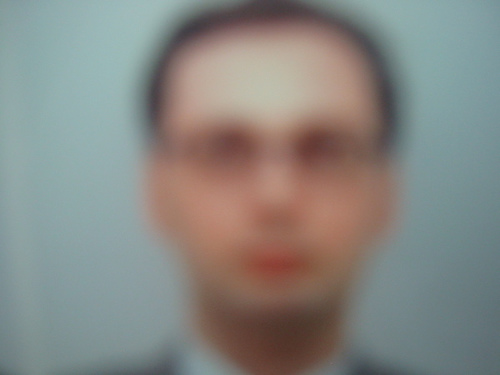
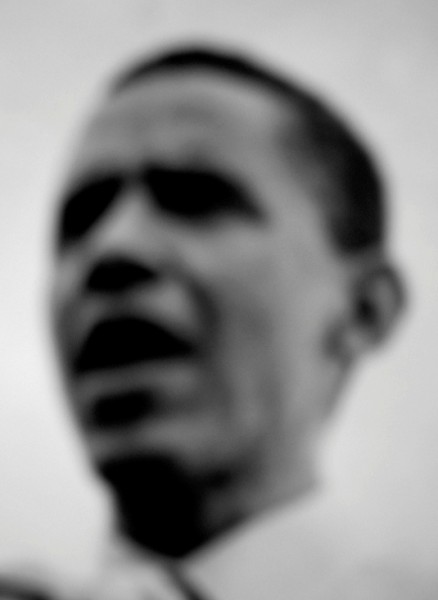
Blurred street photography

Final images
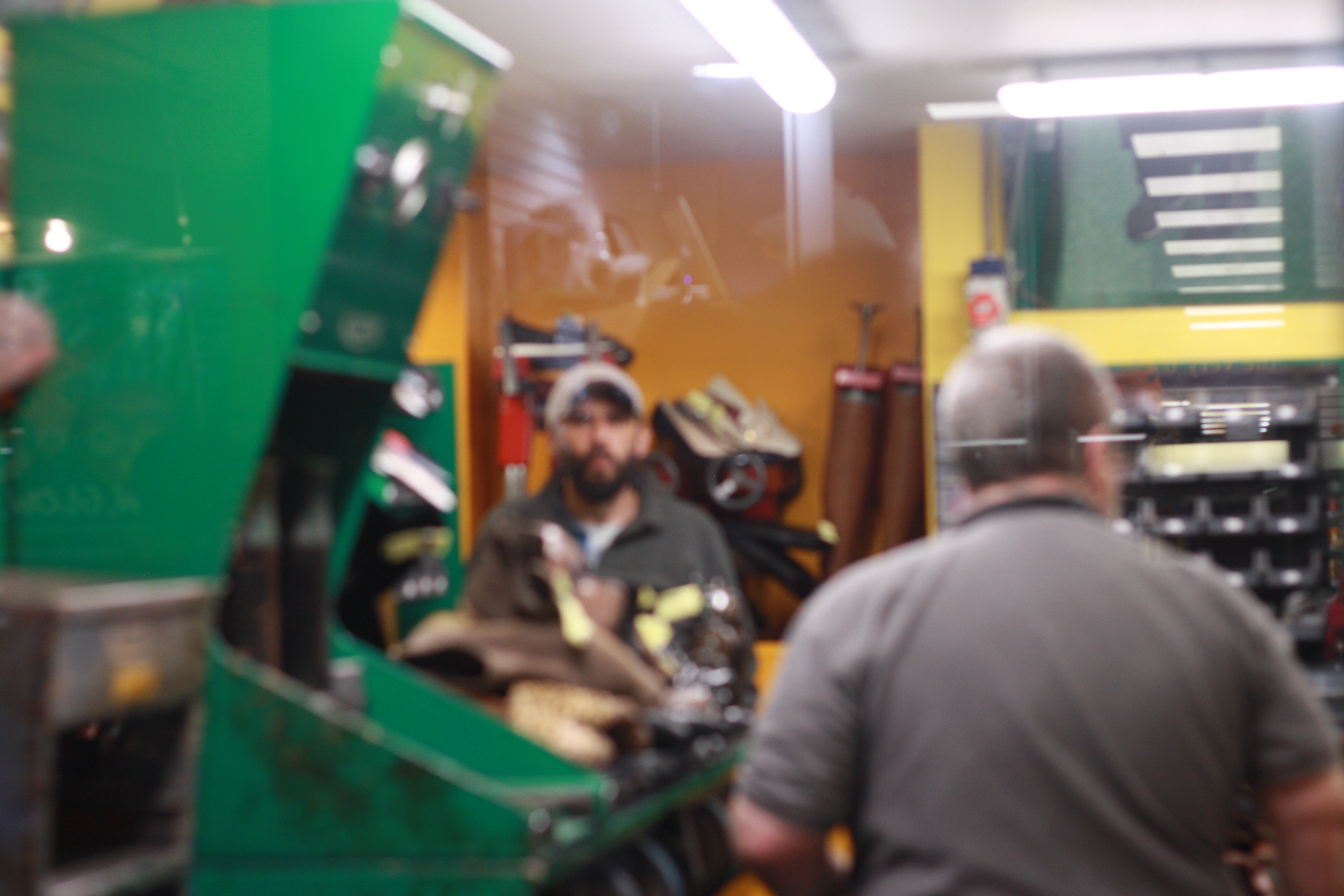

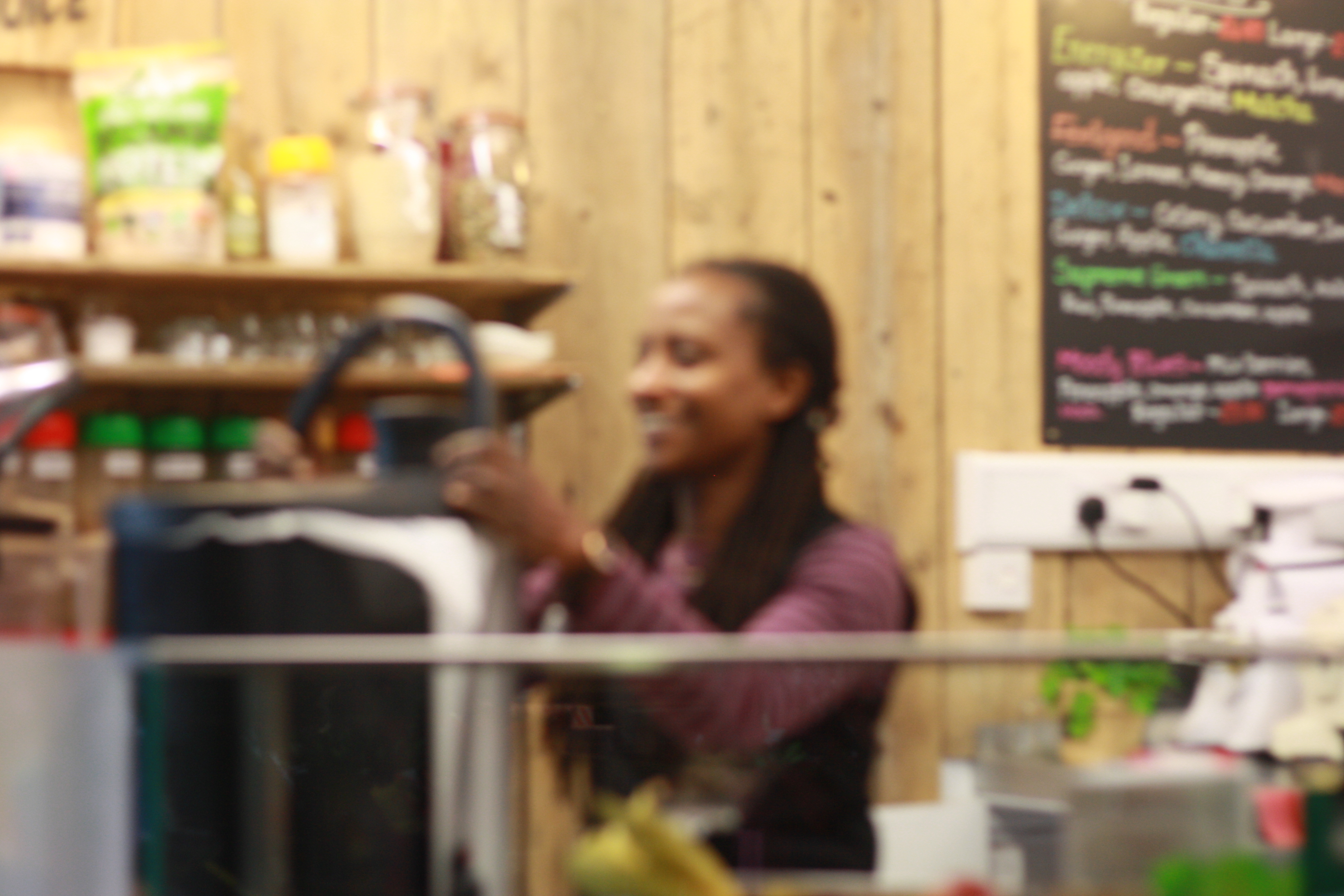




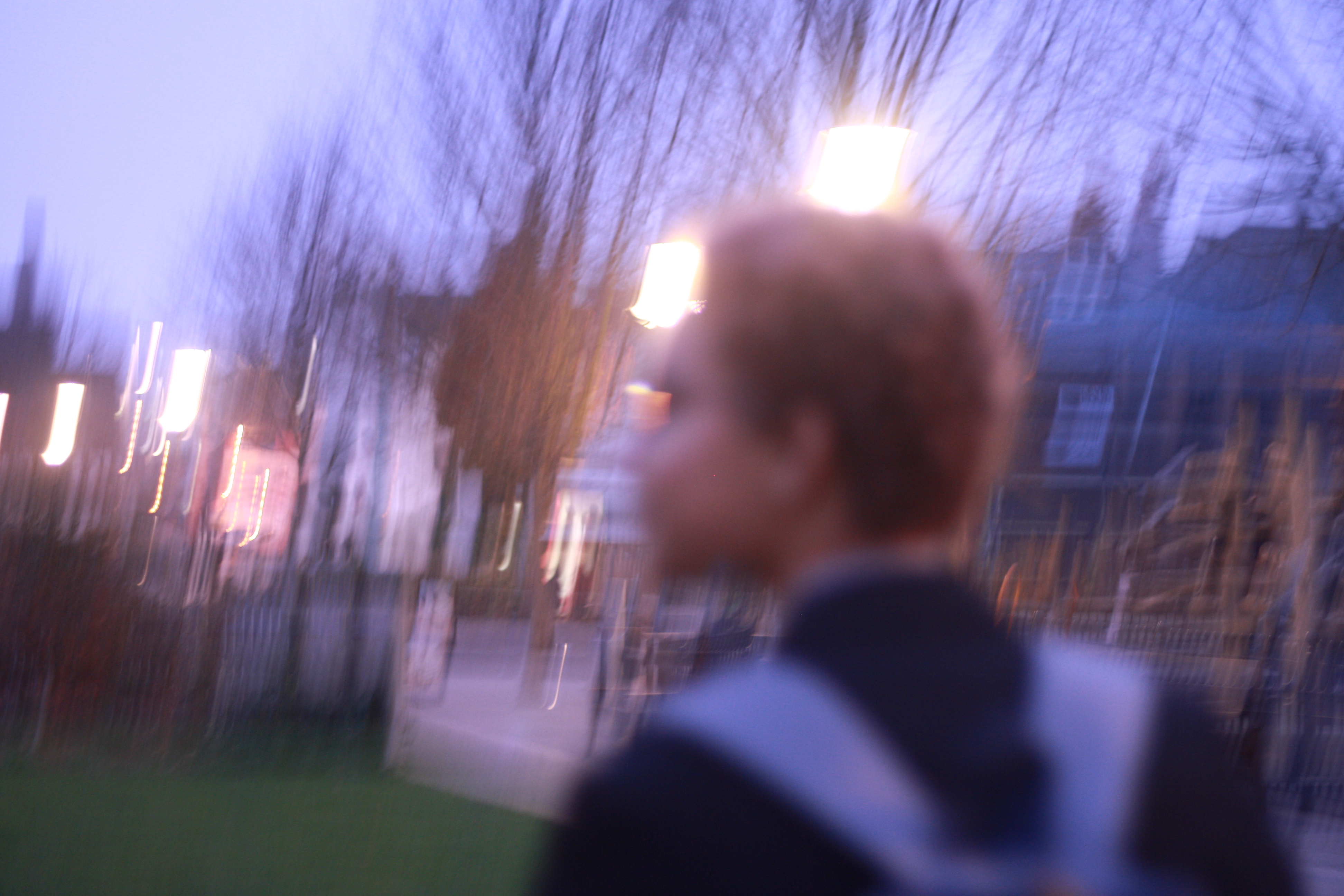
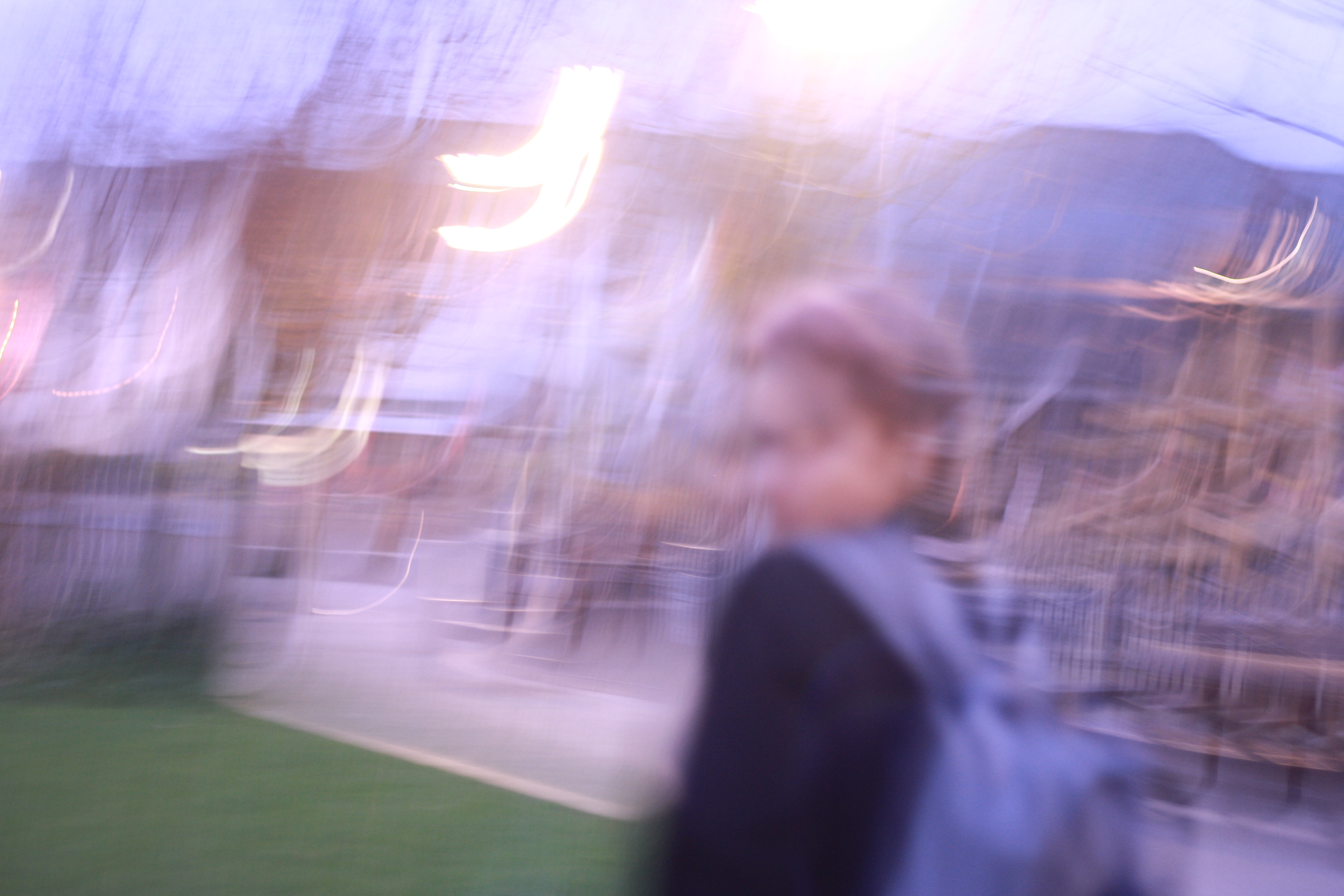
Edits






5. Studio Portraits and Lighting Techniques (Mon 19th-Friday 30th Nov)
Concept : Rankin on “beautiful portraits”
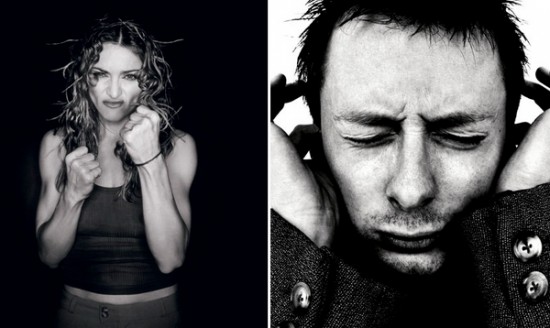
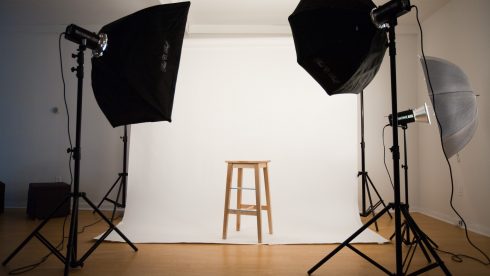
Studio Lighting
Exploring Technique
1. Natural Light
Remember >>>Photography is completely dependent on the availability of light.
In most cases we can make use of natural or available / ambient light…but we must be aware of different kinds of natural light and learn how to exploit it thoughtfully and creatively…
- intensity of the light
- direction of the light
- temperature of the light and white balance
- Using reflectors (silver / gold)

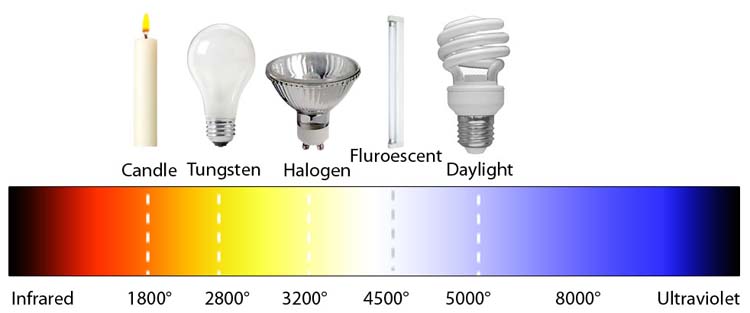

- Using diffusers , tissue paper, coloured gels, tracing paper etc
- Front / side / back lighting
- High Key / low key lighting
- Shadows / silhouettes
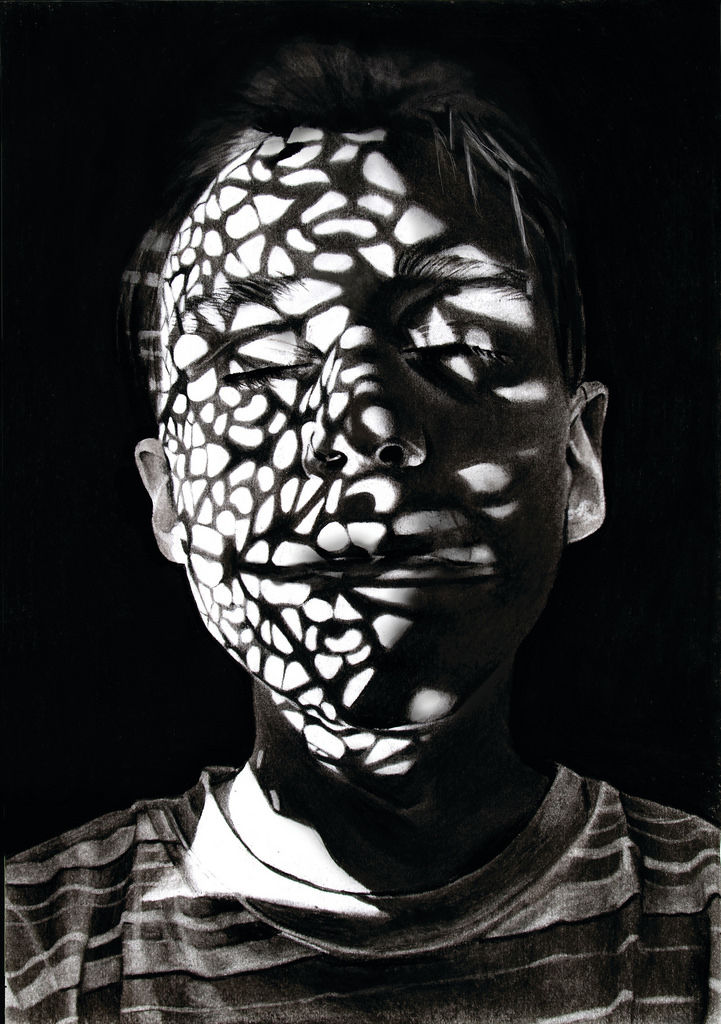

2. Studio Lighting
Using artificial lighting can offer many creative possibilities…so we will explore
- size and shape of light
- distance from subject to create hard / soft light
- angles and direction…high, low, side lighting
- filtered light
- camera settings : WB / ISO / shutter speed etc
- reflectors and diffusers
- key lighting, fill lighting, back lighting, 3 point lighting
- soft-boxes, umbrella lights, spot lights and floodlights
- chiarascuro and Rembrandt lighting
- high key and low key lighting techniques
- backdrops and infinity curves


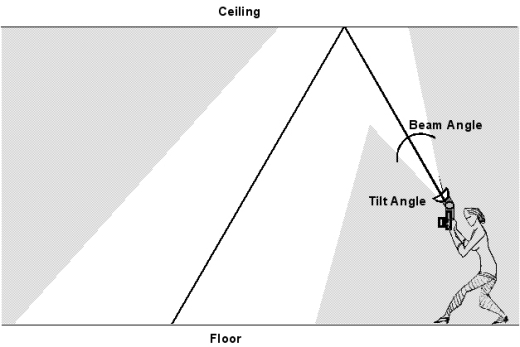
Above : An example of “bouncing” the flash to soften the effects and create a larger “fill” area…try this wherever there are white walls/ ceilings
Using Flash
Flash units offer a range of possibilities in both low and high lighting scenarios…we will explore
- flash “bouncing”
- fill-in flash
- TTL / speedlight flash
- remote / infra-red flash (studio lighting)
- fast + slow synch flash
- light painting c/w slow shutter speeds
Evidence of Your Learning
During this weeks we would expect all students to complete 2-3 blog posts detailing how you are experimenting with various lighting techniques eg CHIARASCURO / REMBRANDT LIGHTING
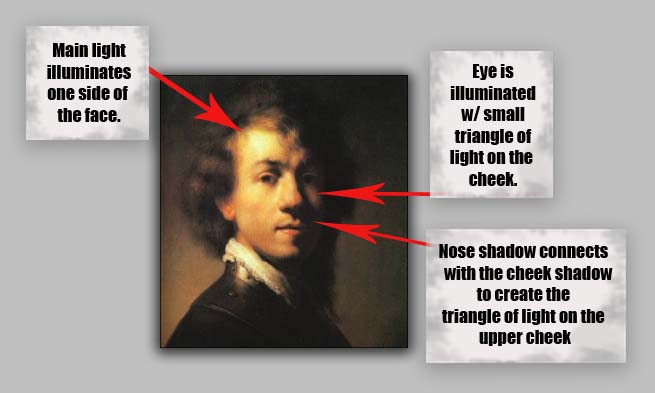
Add information / links showing how Chiarascuro has been used since the Renaissance in painting…but also how it used now in photography and film
You must describe and explain your process with each technique…add your images to your blog as you progress, print off your successful images and evaluate your process using technical vocab and analysis skills. Think carefully about the presentation of your ideas and outcomes…compare your work to relevant portrait photographers as you go eg
Annie Leibovitz, Irving Penn, Rankin, Richard Avedon, Yousef Karsh, David Bailey, Mario Testino, Steve McCurry, Jill Greenberg, Nick Knight, Tim Walker, Corrine Day, Jane Bown etc
Expected Final Outcomes this Week
- Case Study and Practical Responses to Rankin or another studio photographer
- 1 x Final Portrait using natural light + analysis and evaluation
- 1 x Final Portrait using artificial light (1, 2 + 3 point lighting) + analysis and evaluation
- 1 x Final Portrait using flash + analysis and evaluation
Think about how you can show evidence of head shots, cropped head shots, half body, three-quarter length and full length portraits.
Show that you can employ interesting angles and viewpoints…
Make sure you ANSWER THESE QUESTIONS IN YOUR BLOG
- Why do we use studio lighting?
- What is the difference between 1-2-3 point lighting and what does each technique provide / solve
- What is fill lighting?
- What is spill lighting?
- What is Chiarascuro ? Show examples + your own experiments
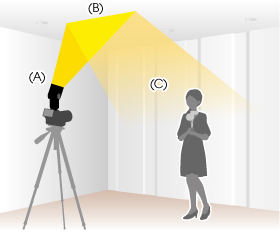
Or use light painting techniques…
- Slow Shutter speeds (1/30th sec or BULB setting)
- Illuminate an area / person with a torch , study lamp, glowstick, car headlights etc…
HOMEWORK
(Refer to your tracking sheet)
- You must complete a range of studio lighting experiments and present your strongest ideas on a separate blog post
- Remember to select only the most successful images
- You should be aiming to produce portraits that show clarity, focus and a clear understanding of a range of lighting techniques
- Editing should be minimal at this point…we are looking for your camera skills here
- But…be creative and experimental with your approach “in camera”…extremes, uniqueness and possibly thought provoking imagery will improve your ideas and outcomes.




Environmental portrait– Artist comparison
When comparing my images to the work of Anthony there are some clear differences, with the main two being that with mine there are the large imperfections due to the out of date film, and the other being that with mine I wanted the subjects to be in a position where they would be working similar to Anthony’s work but I wanted them to be looking into the camera because that means that they are directly interacting with the camera and it feels more personal.
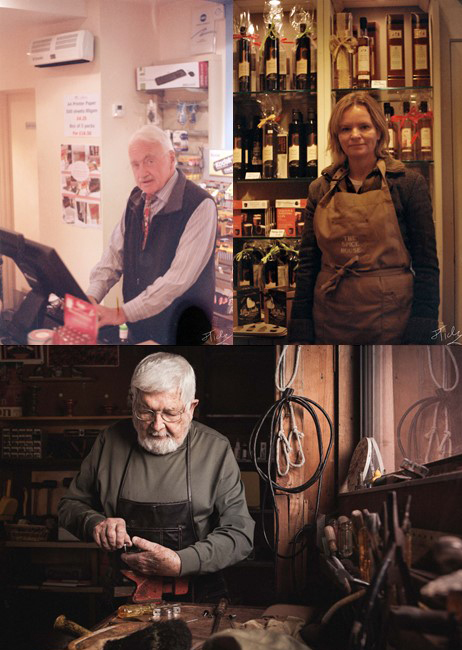
I think that having the subject working and kind of interrupting them and not giving them time to do anything other than look at the camera means that it gives an honest impression of them and their working environment.
Street Photography

Definition: ‘Street photography, also sometimes called candid photography, is photography conducted for art or inquiry that features unmediated chance encounters and random incidents within a public place. Although there is a difference between street and candid photography, it is usually subtle with most street photography being candid in nature and some candid photography being classifiable as street photography. Street photography does not necessitate the presence of a street or even the urban environment. Though people usually feature directly, street photography might be absent of people and can be of an object or environment where the image projects a decidedly human character in facsimile or aesthetic.’
“Don’t wait. The time will never be just right.”
-Napoleon Hill
“Just go out and shoot! It’s great to get inspired by reading books and watching tutorials and so forth, but you need to actually go out and take pictures. Don’t be afraid to get out there.” -Valerie Jardin
Henri Cartier-Bresson
Bresson was a French photographer, who was said to have pioneered the genre of street photography. He thought of photography as a way of capturing a decisive moment. Bresson’s passion of photography came at an early age where he used to capture moments of his family holidays. This small hobbit then turned into his career, where he made a massive contribution towards photography.
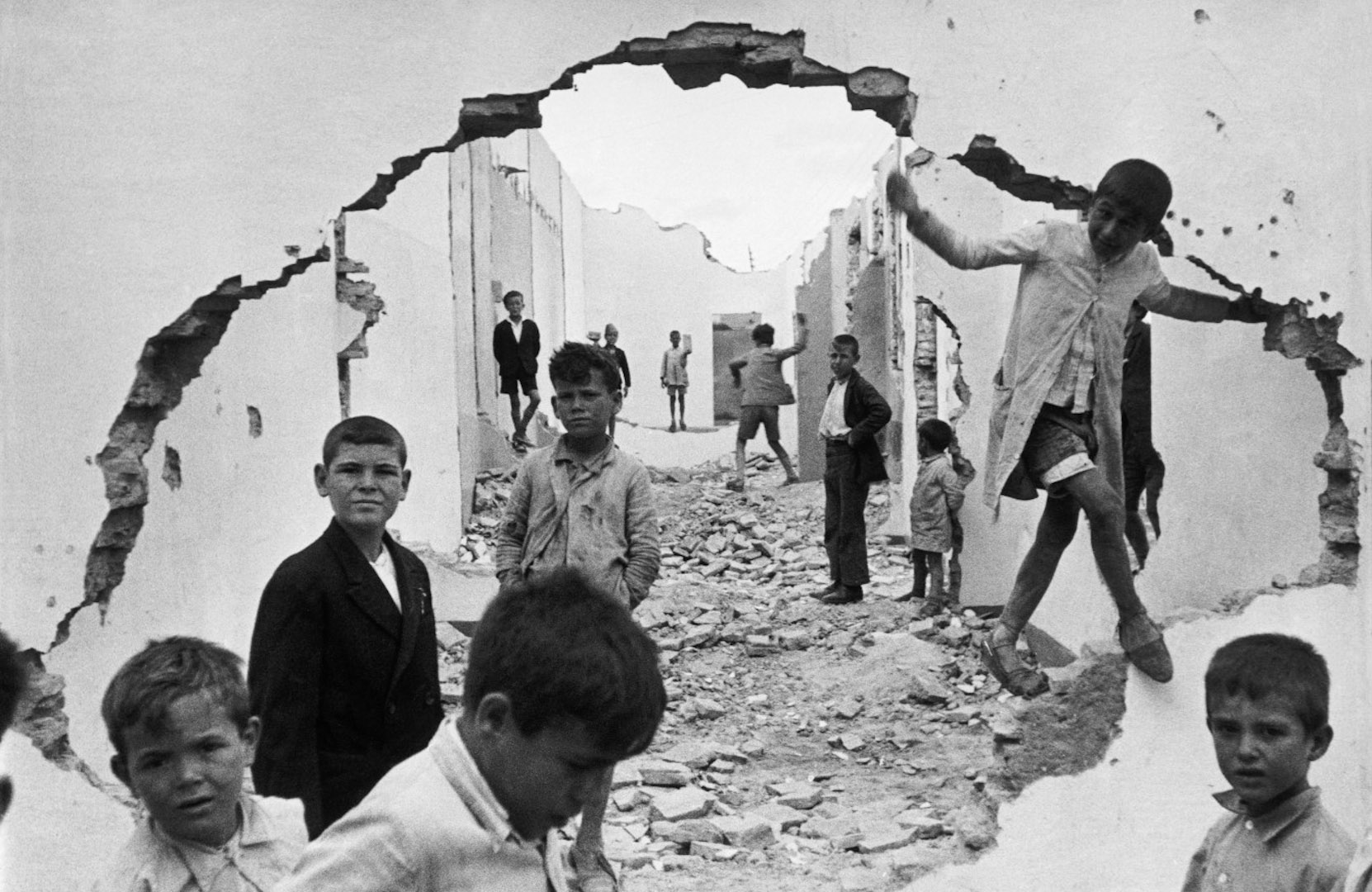
Emotional Response
When first viewing the photograph, we begin to grow an emotional attachment to the child located around the image. This is because it seems like their homes have been destroyed, leaving them with the remains of the homes to play with. The morbid photograph is interesting as the facial expressions on the children are not happy making us realise that something is not right, making us more emotionally attached to the image. Moreover, the children’s faces look soiled meaning that the setting is not hygienic and potentially very unsafe for them.
Technical Response
This photograph is presented in black and white, which allows the solied faces of the children to be clearly visible, it also allows the broken walls and dirty floor, to present the formal element of texture. The fact that the image is black and white also plays on the idea that the children have nothing, like we had nothing back in the day. The wall with a hole in it has been used as a frame, which is framing the background allowing the viewers eyes to clearly be guided around the photograph. The location of the children also helps to guide the eyes, as there are more kids in the foreground and less in the background, (creating a large proximity) making our eyes look at the front of the image and make there way towards the background. The formal elements of shape and space are also presented through this image, through the use of the children and the collapsed walls, trapping them. The whole frame of the photograph is in focus, however, the background is slightly less out of focus, which means there is a large depth of field. Moreover, the aperture is likely to be around F11 – F8. The shutter speed used to capture this image is likely to be quick, as there is no intended blur. Additionally to the ISO is also likely to be low as there is no noise created by the light. The lighting used in this photograph is likely to be natural, as it has been taken outside, in what could be the children’s natural environment. This image consists of some negative space, which is found at the background of the frame, this creates a sense of that these children live with nothing and are trapped with nothing, which also helps to create an emotional attachment.
Contextual Responce
This image was taken in 1933, which was a couple of years before the Spanish civil war. The children are said to be playing in a ruins, a destruction from a previous war. 1933, was one of the worst years during the Great Depression, which was a time when the economy collapsed, which also helps to provide contact towards the photograph.
Conceptual Response
Now knowing the context, I believe the concept of this image was to show the effect of wars and the Great Depression for those in poverty, the use of children makes the image more hard hitting towards viewers. The hole in the wall is trying to show the children trying to break away from there reality. It also shows how it has effected the children, leaving them with only ruins to play in.
Photoshoot Plan
I will be capturing my street photography images in town, during the early afternoon, a time which can sometimes be busy. I will be walking around the streets, looking for interesting characters. The aim is to remain a discrete as possible, so the citizens are unaware of me capturing the images. The lighting will be natural and my camera settings will also be kept simple, however, I do want a quick shutter speed as it will allow me to capture many images.
Contact Sheets
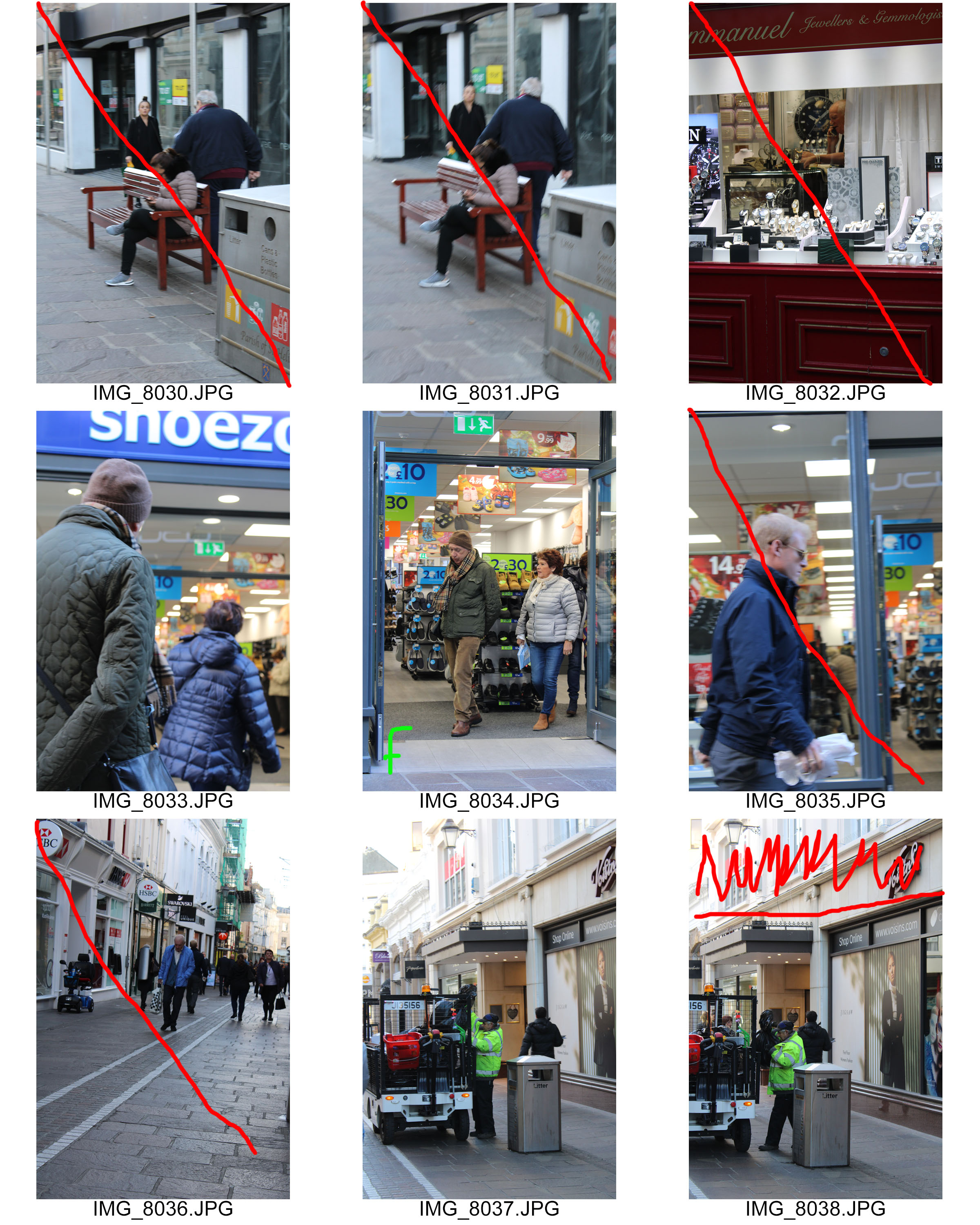
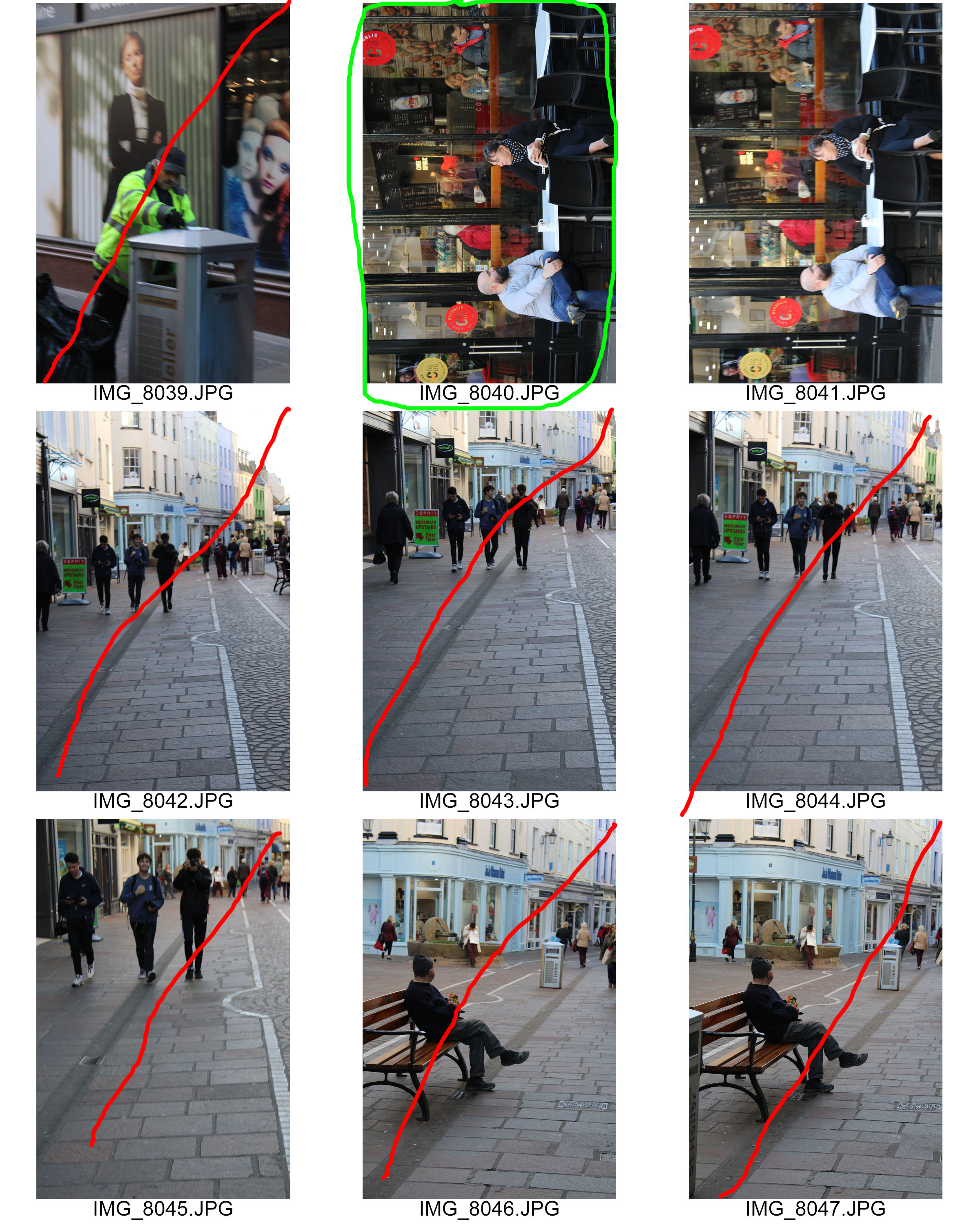
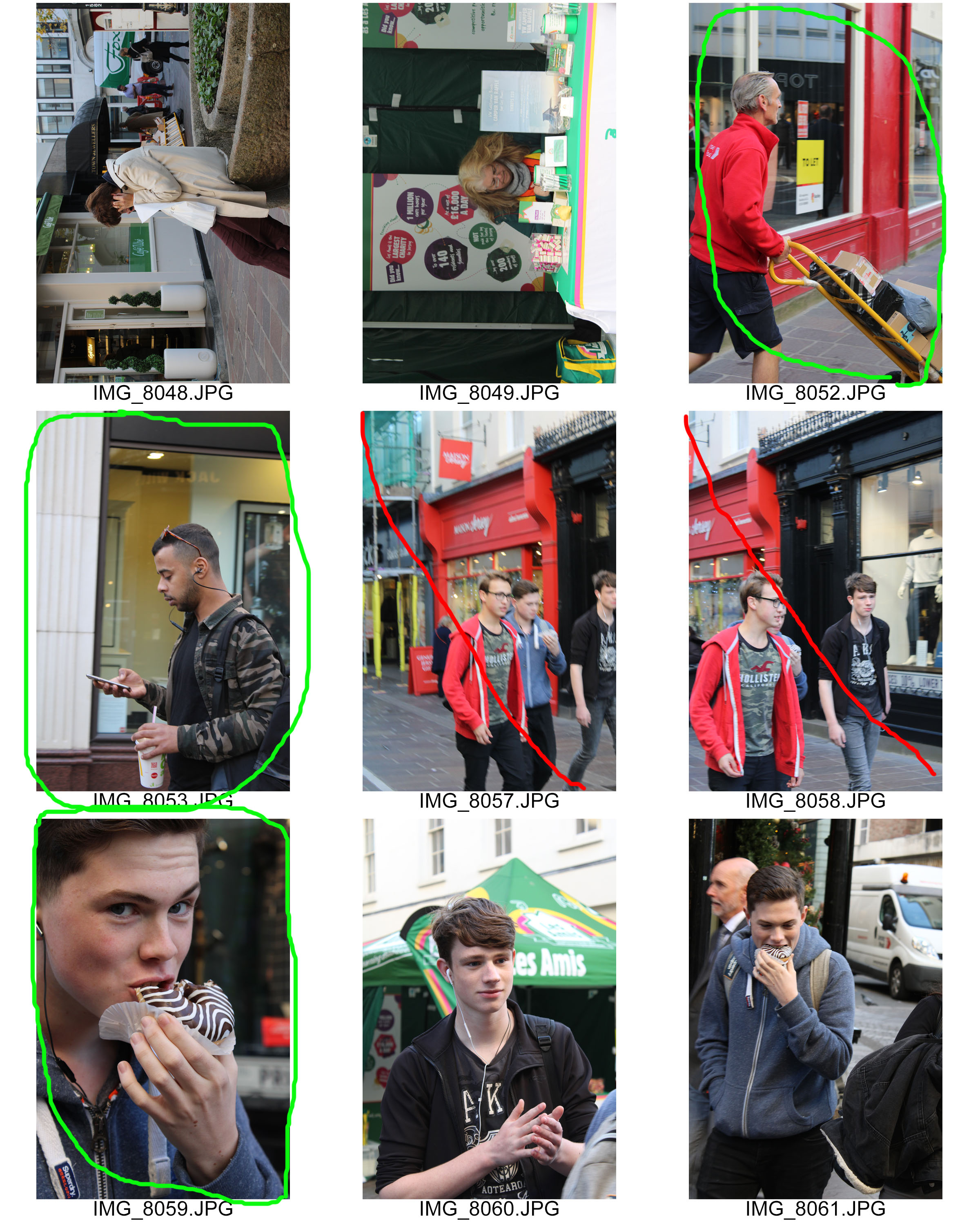
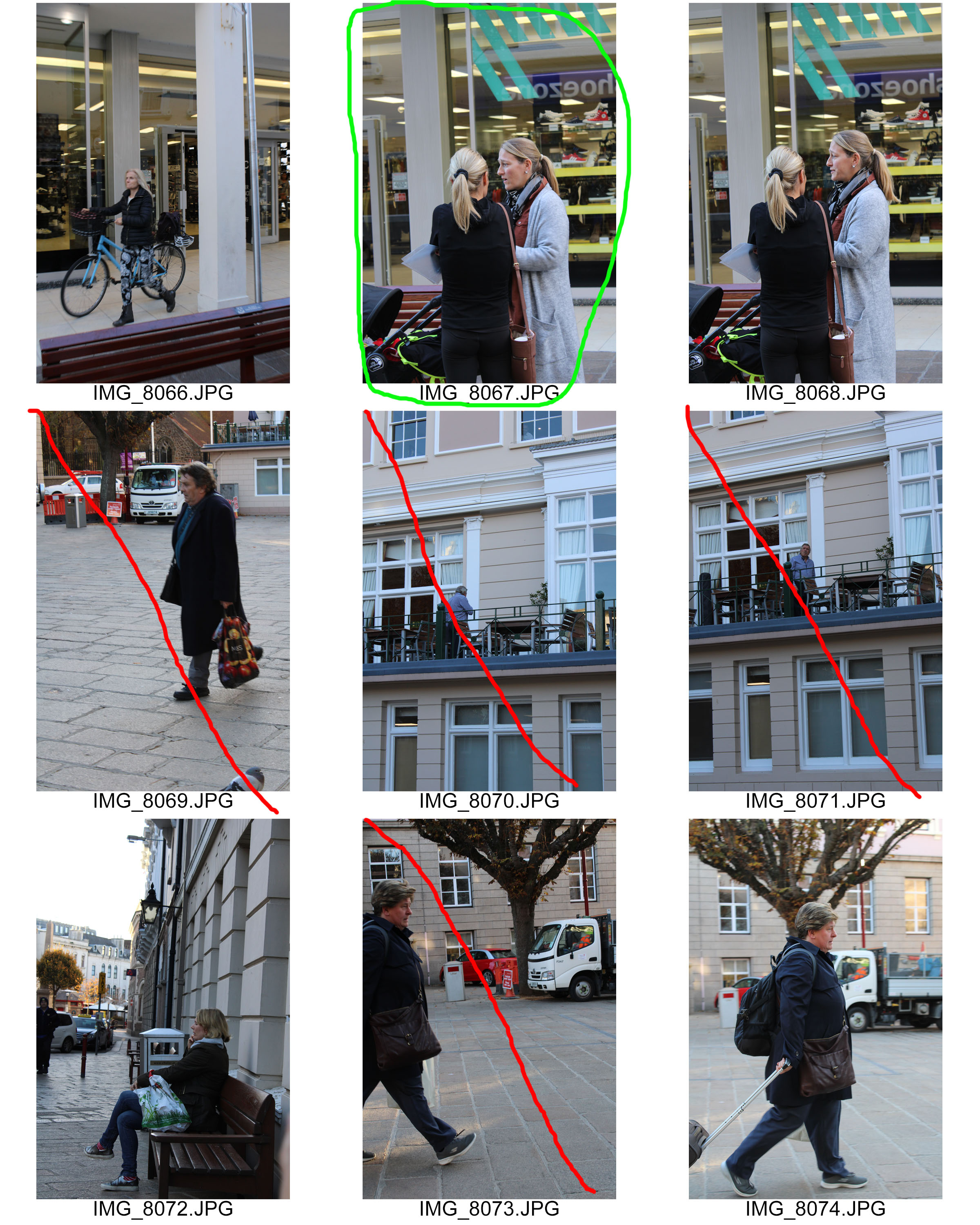

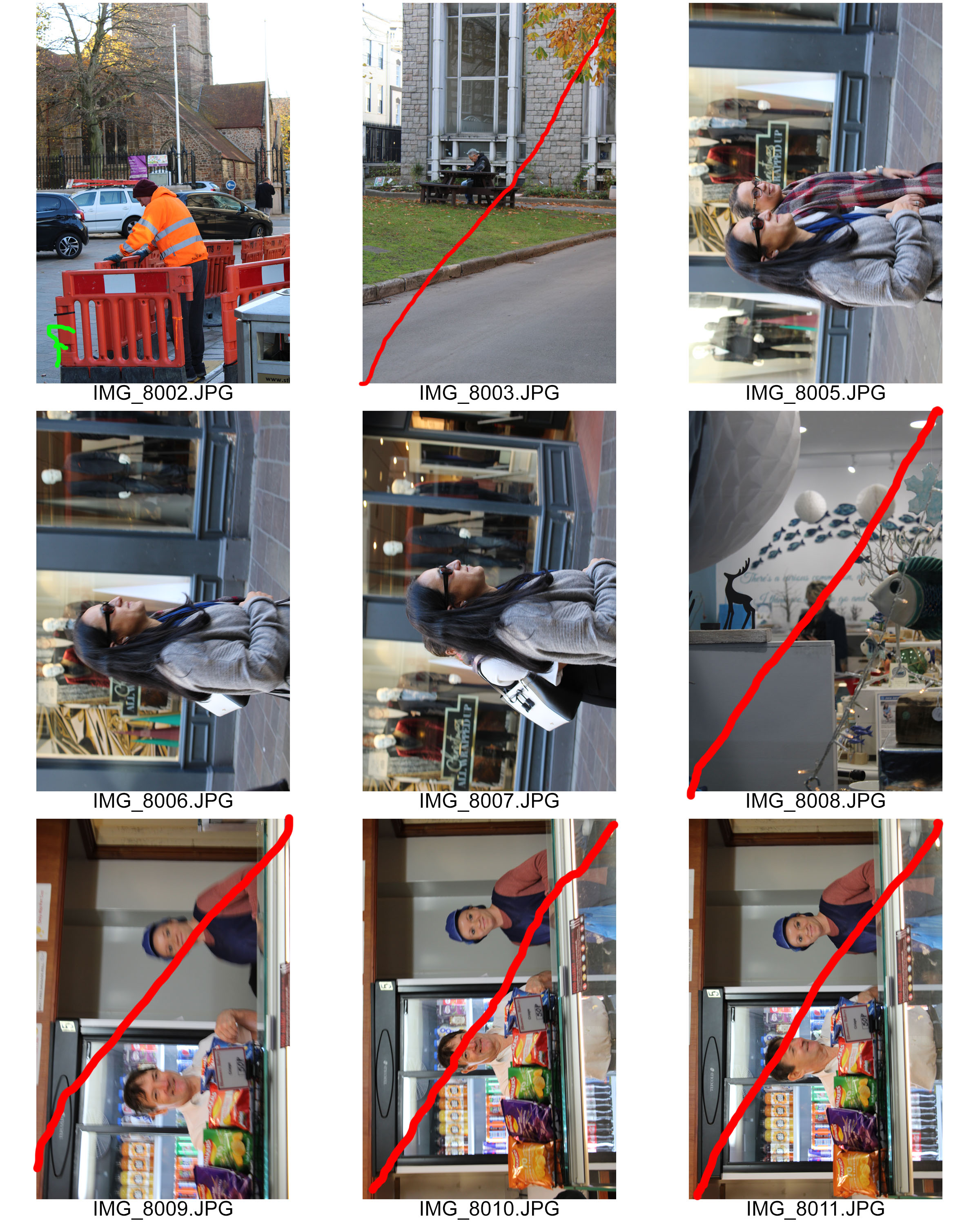
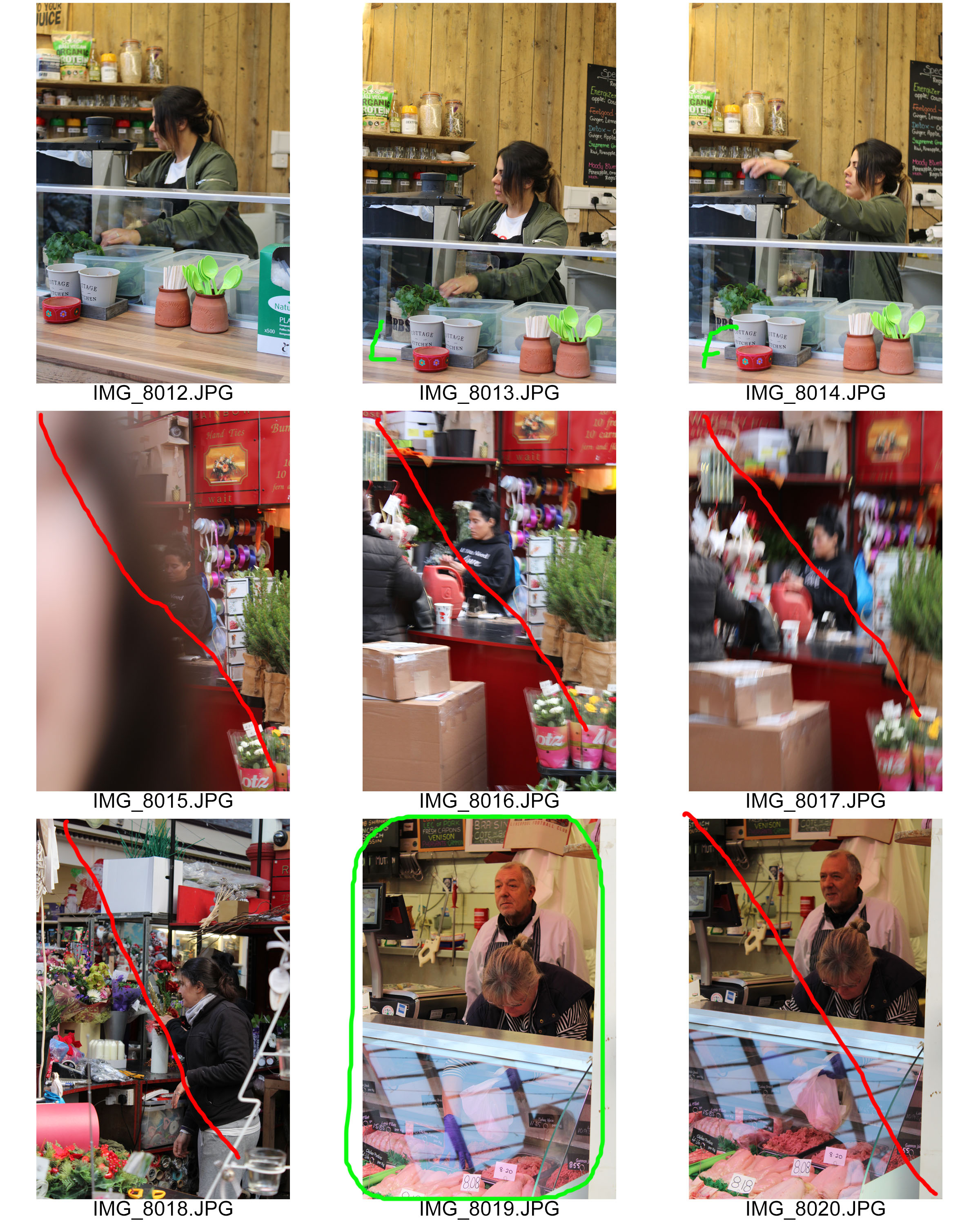
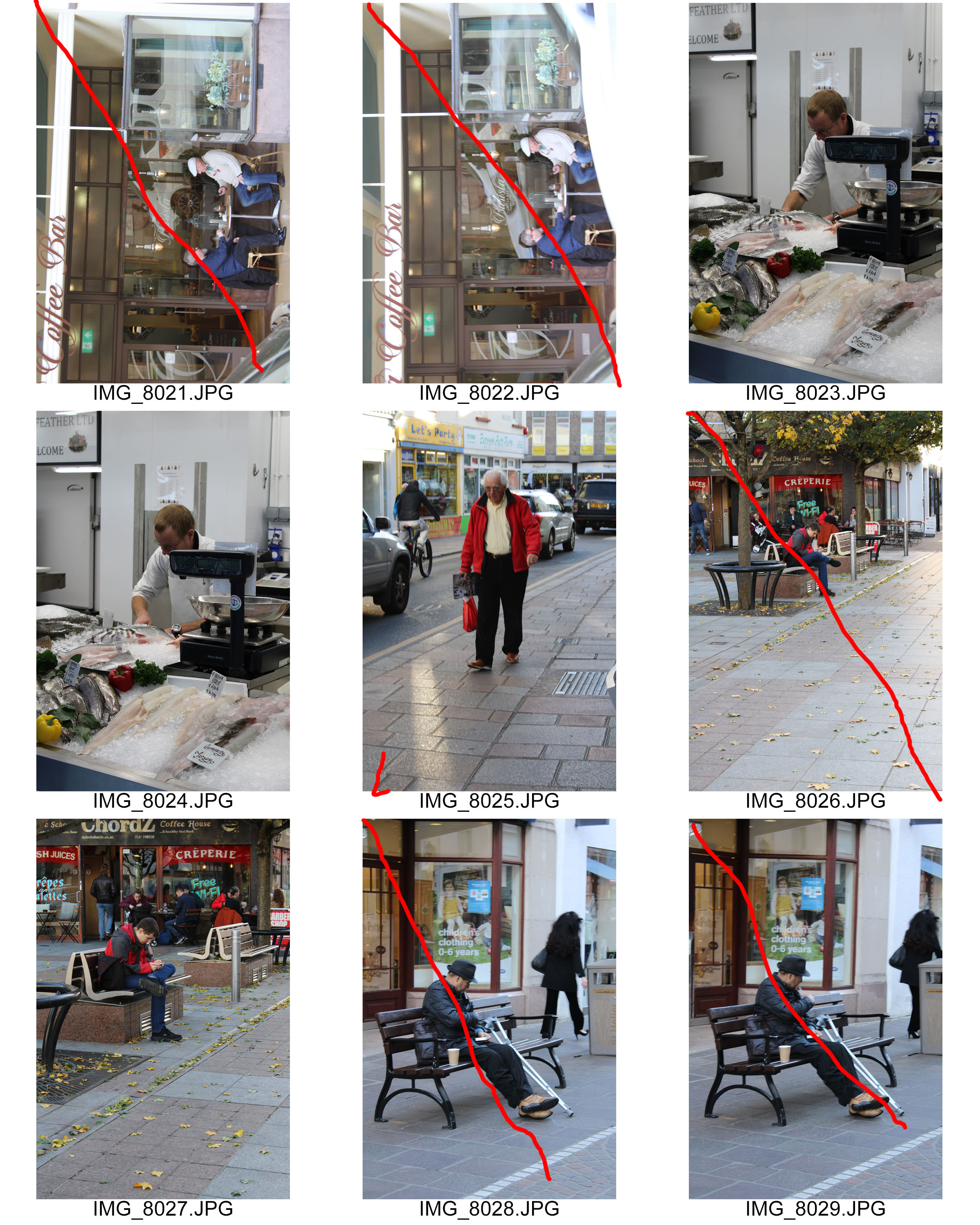
Final Outcomes

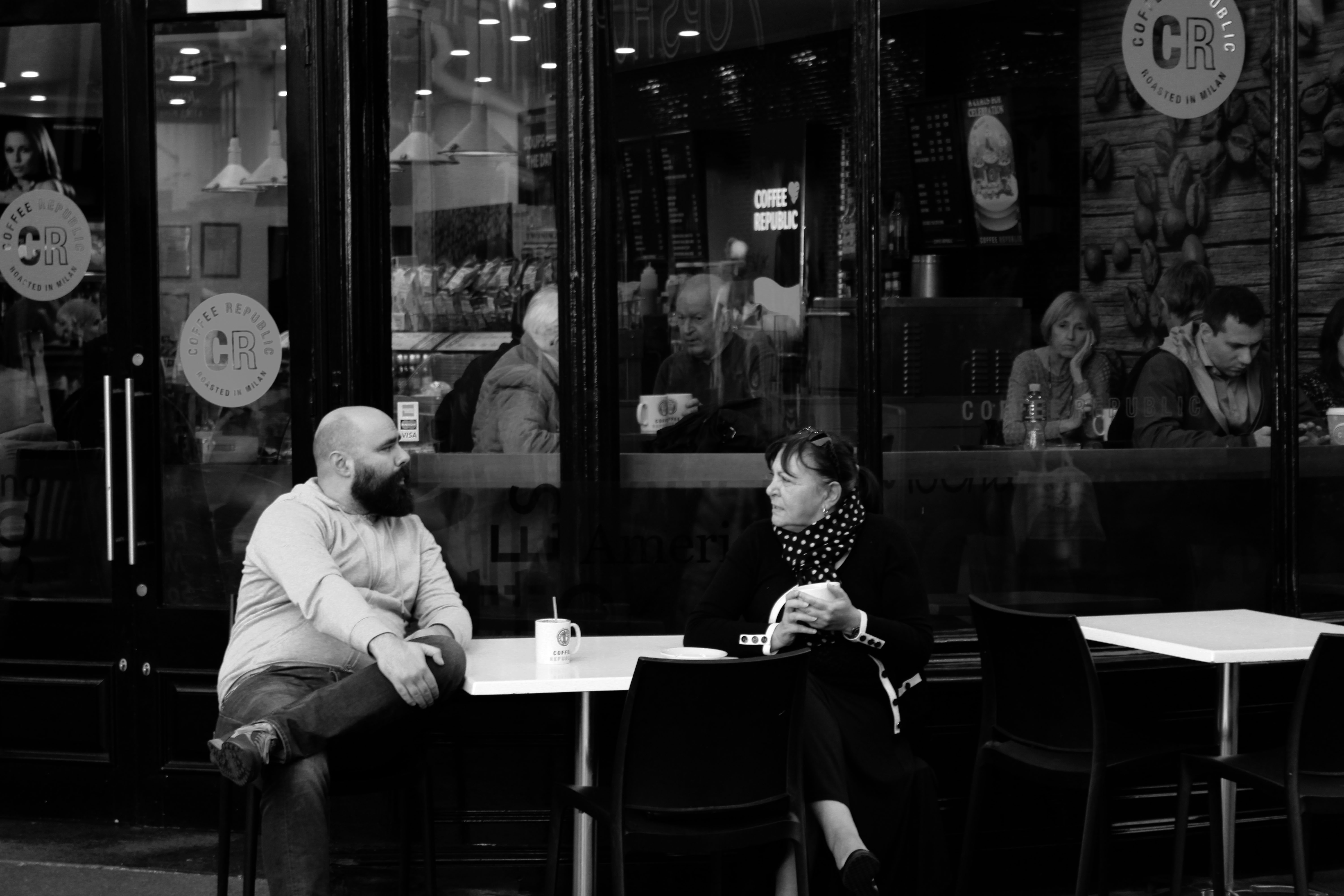
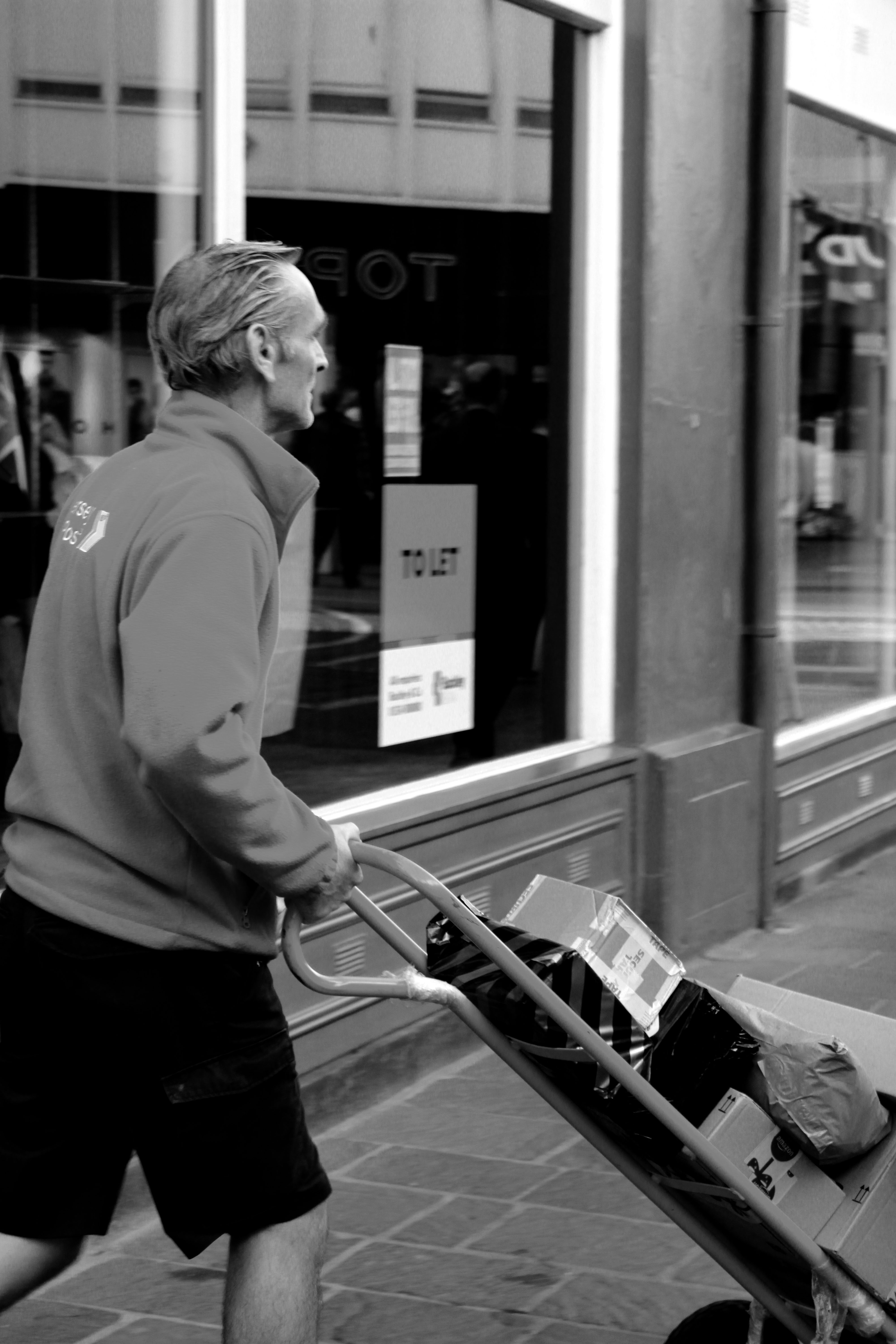

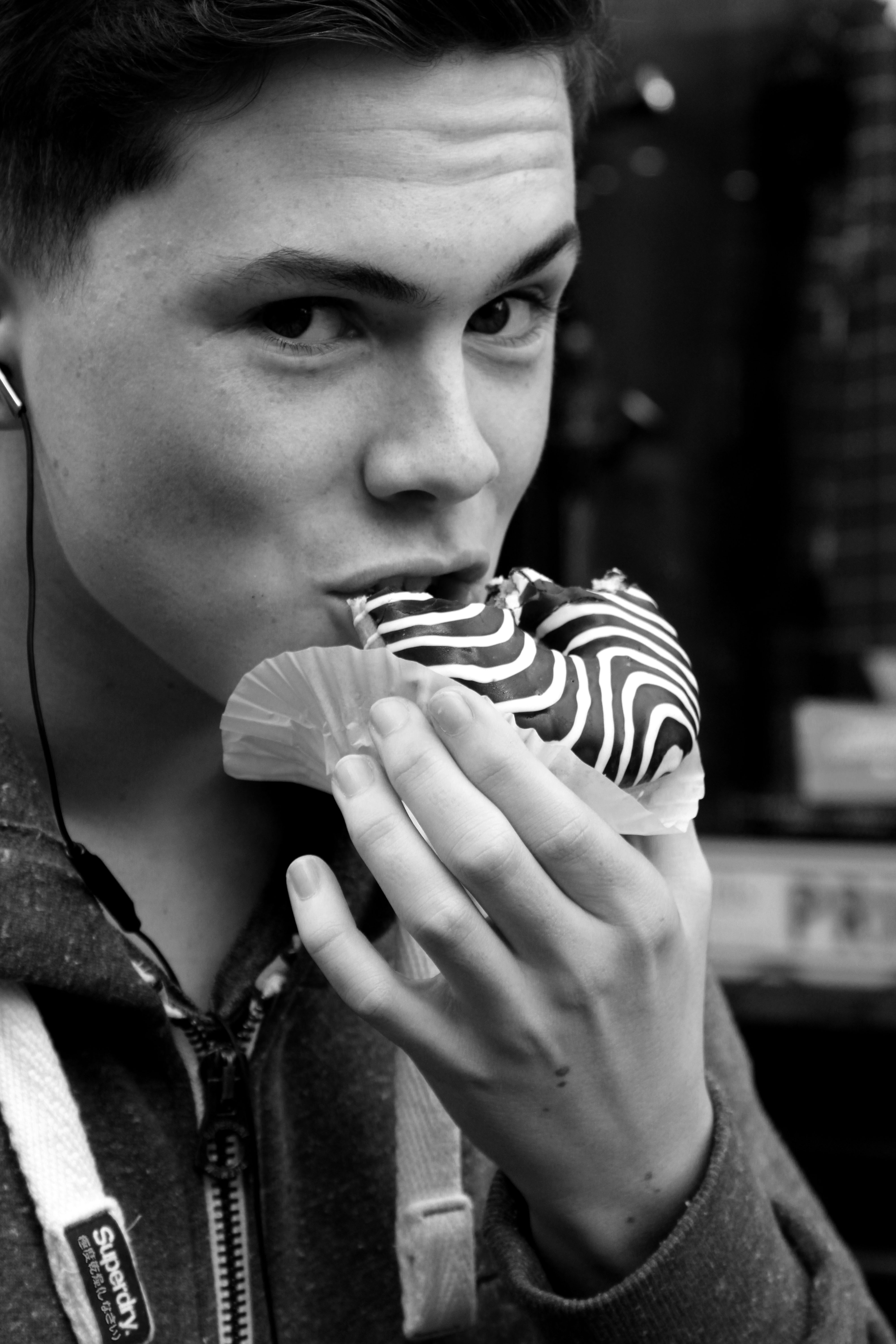
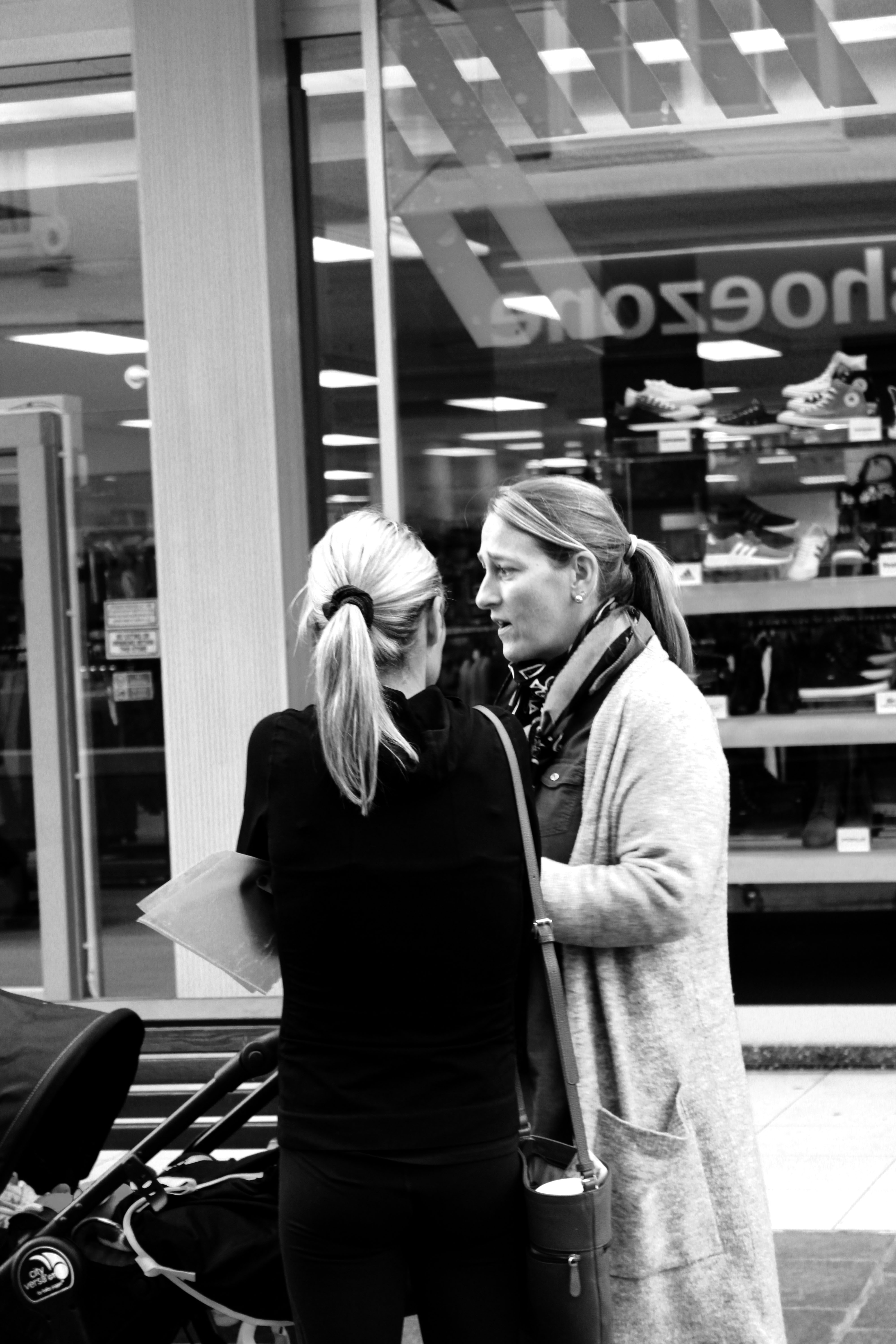
Comparison
In technical terms I feel that my work and Bresson’s work is similar, we both presented our images in black and white, I attempted to have the formal elements of shape, texture and space in my images as those a key elements to Bresson’s photograph. Moreover, I tried to create a depth of field, where the people are mostly in focus, but still having the background in focus, but not as clear at the foreground. Bresson’s photograph is very different in conceptual terms as he is trying to show the effect of war to children in poverty. My photographs concept was to show the different kinds of people found in town during a busy period.
Environmental portraits – final products
The reason that I took the photos in the way that I did is because they are in the style of the inspiration photos that were in an earlier post.





Entre Nous Exhibition







